Western Larch Wood Offers Rustic Charm
Wood from the Western Larch tree features a yellowish-brown heartwood and yellowish-white sapwood, and the heartwood dominates flooring planks, which may result in a nearly uniform color. But some color variation exists in Western Larch wood, and the contrast between heartwood and sapwood may be more pronounced in some boards. Western Larch wood has a mostly straight, medium to coarse grain, and some small knots may be visible.
The Western Larch tree is a favorite among builders and framers, because of its flexibility and durability. Finer-grade Western Larch is often used to make veneer and flooring.
This tree is a close relative of the Douglas Fir and can grow to be 200 feet high, 7 feet wide and have 100 feet of growth with no branches. The sheer size of the Western Larch allows for the harvesting of planks that are much wider and longer than many other types of wood planks. For that reason, the Western Larch is a perfect flooring choice for great rooms, ski lodges and other large, open spaces.
Here are some things you should know about Western Larch flooring:
Name: The Western Larch’s scientific name is Larix occidentalis. It’s also known as the Western Tamarack.
Origins: The Western Larch grows in western Montana, northern Idaho, northeastern Oregon, the eastern slope of the Cascade Mountains in Washington, and into Canada. Most lumber comes from Idaho and Montana.
Janka Hardness Rating: With a Janka Hardness rating of 830 out of 4000, the Western Larch species is technically a soft wood, but it’s a dense and durable wood. The Janka Hardness scale is used to determine a hardwood’s resistance to dents, dings and scratches. The test, which uses a 2” x 2” x 6” piece of a wood specimen and a steel ball, determines how many pounds per square inch of force will make the steel ball embed halfway into the wood. That result leads to the wood’s Janka Hardness rating. Woods at the low end of the scale will show more evidence of dings compared to those at the top. However, woods at the very top of the Janka Hardness Scale could be too difficult to cut for home applications.
Installation: The Western Larch tree is the most fire-resistant tree in the Pacific Northwest, and it’s resistant to rot. Its high silica content may dull tools during machining, and while this wood is dense and durable, aggressive sanding may cause depressions in the surface.



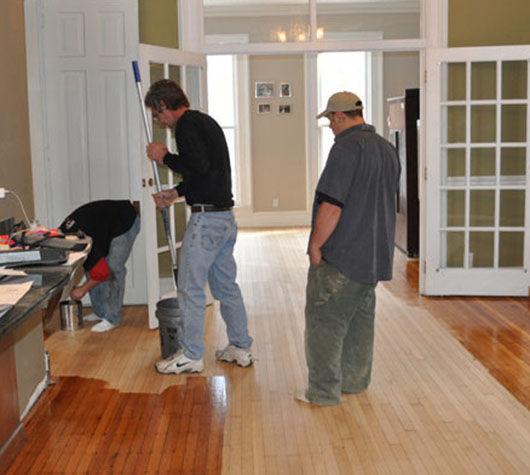 Repairing Scratched Hardwood Floors
Repairing Scratched Hardwood Floors
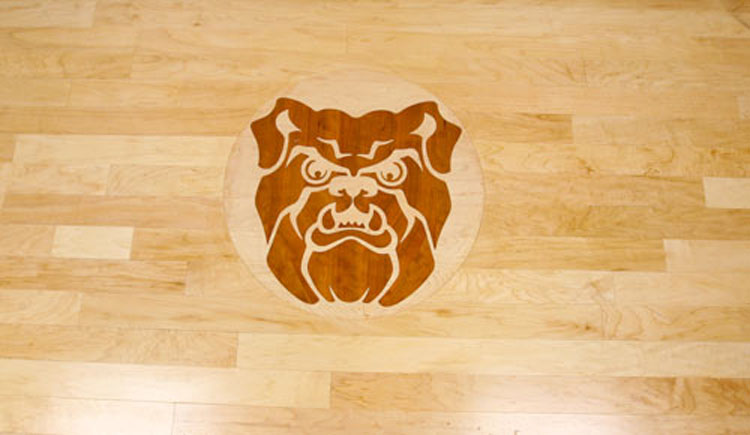 Hinkle Fieldhouse Butler Univers...
Hinkle Fieldhouse Butler Univers...
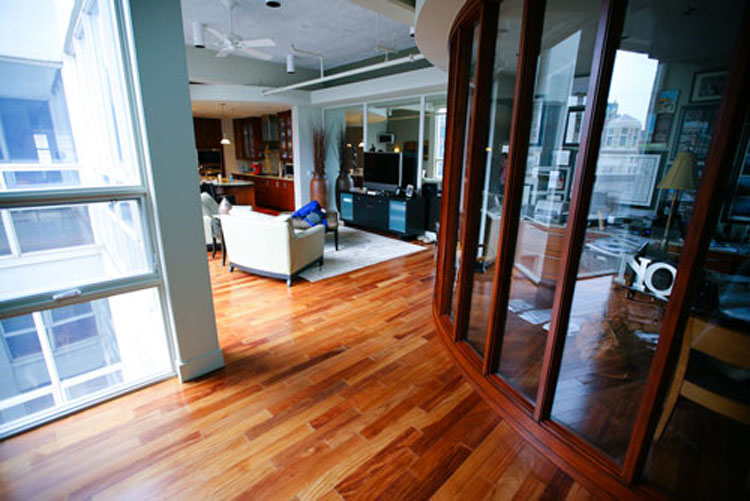 Penthouse Town Home Downtown Ind...
Penthouse Town Home Downtown Ind...
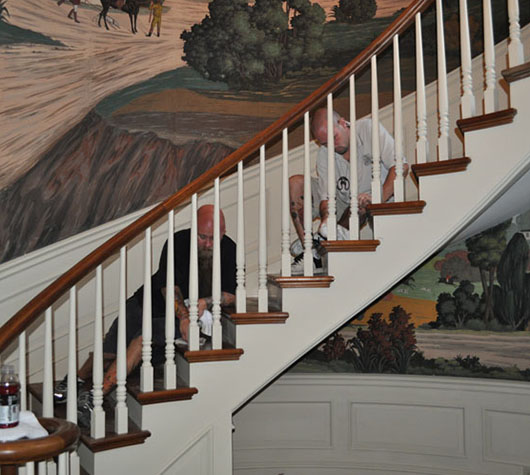 Antique Flooring Restoration
Antique Flooring Restoration
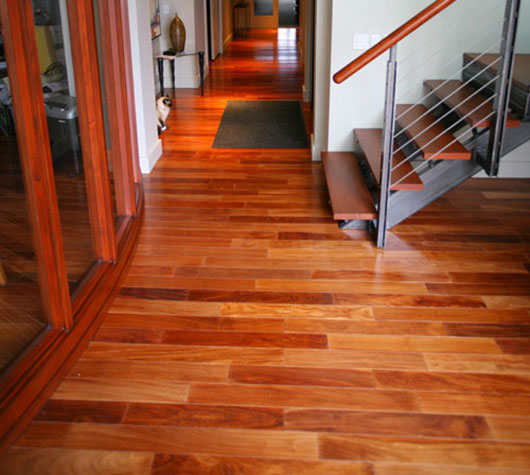 Brazilian Cherry Hardwood Floors
Brazilian Cherry Hardwood Floors







